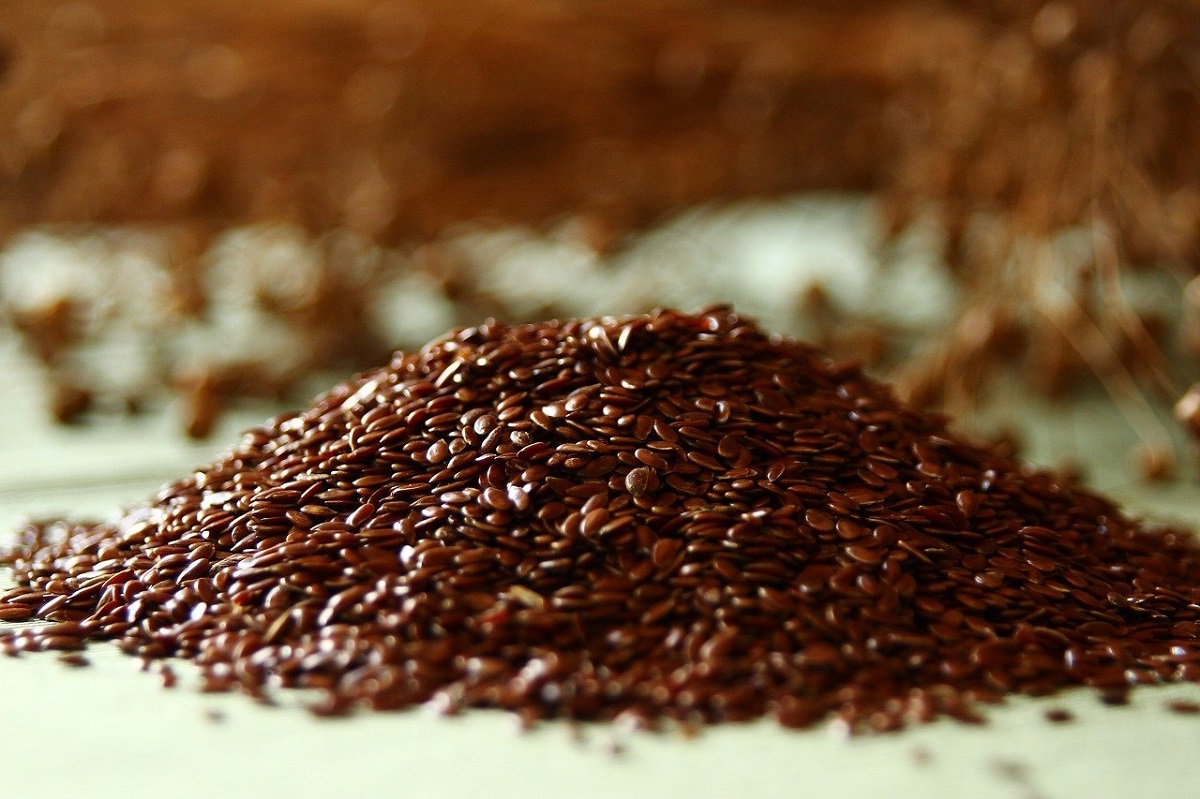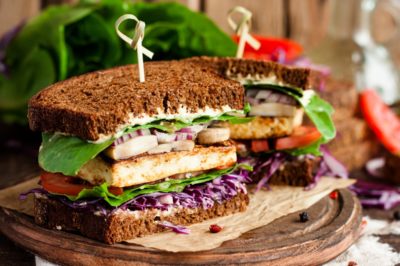Omega 3 plays an important role in the health and functioning of every cell in your body – that’s why it’s been studied so extensively and features so regularly in the press.

If you’re keen to improve things like your weight, the health of your skin, your energy levels and mood, or just stay healthy for longer, making sure that you’ve got enough Omega 3 in your diet is the best place to start.
How to get enough Omega 3 as a vegan
First, it’s important to note that getting enough Omega 3 is a little bit more involved than just eating more foods that contain it. Omega 3 is broken down by the body into two types of fatty acids called EPA and DHA – these are the superstars with the health benefits.
And, since there are no dietary sources of EPA and DHA available for vegans beyond sea greens, they must rely on the body’s natural ability to convert it.
Second, research suggests that the conversion of Omega 3 into EPA and DHA appears to be blocked by Omega 6, which is found in the highest quantities in wheat products, wholegrain foods and vegetable oils.
Since the Western diet is largely based on products such as bread and pasta, it makes the process of creating enough DHA and EPA much more difficult – especially if you aren’t eating foods such as oily fish.
Research therefore suggests that the dietary ratio of Omega 6 needs to be kept as low as possible whilst emphasising foods that are high in Omega 3.
Practically speaking, since the only food containing both EPA and DHA is sea greens, I always recommend a high quality supplement such as Viridian’s Pumpkin Seed Oil alongside emphasising balanced sources of Omega 3 and 6 containing foods such as:
- Nuts and seeds – Flax, hemp and chia seeds are great additions to smoothies and are healthy toppings for your porridge.
- Sea greens – Spirulina also works well in smoothies and wakame is a tasty addition to stir-fries.
- Sprouted beans – Mung beans, and french and navy beans are the best sources and make a lovely crunchy addition to salads when sprouted.
- Winter squash – Roasted squash soup or mash is not only tasty, but a surprisingly good vegan source of Omega 3.
- Dark green leafy and cruciferous vegetables – Kale, cabbage, broccoli and spinach should ideally feature on lunch and dinner plates.
- Dark berries – Another good ingredient for smoothies and a tasty breakfast topping. Blueberries are the richest berry source of Omega 3.
However, omega-3 is not available in sufficient quantities from plant-based food so vegans must take it as a supplement. Look for a brand made with EPA and DHA from microalgae.
If you’d like some recipe inspiration, I highly recommend the Hearty Winter Stew and the Kale, Broccoli and Tofu Stir-Fry with Ginger Miso Dressing. There’s also a seemingly naughty but very healthy Mulled Berry Compote if you go easy on any sweetening agents – a perfect topper for winter porridge!
Fiona Campbell – www.fionacampbellnutrition.com
Fiona is a Registered Naturopath and Nutritionist, committed to taking the mystery out of healthy eating and staying young and fit for longer. A TV/Radio presenter and health writer, who is regularly featured on Sky News, Fiona has been learning and working in health since her first science project on vitamin C at the age of 11!




